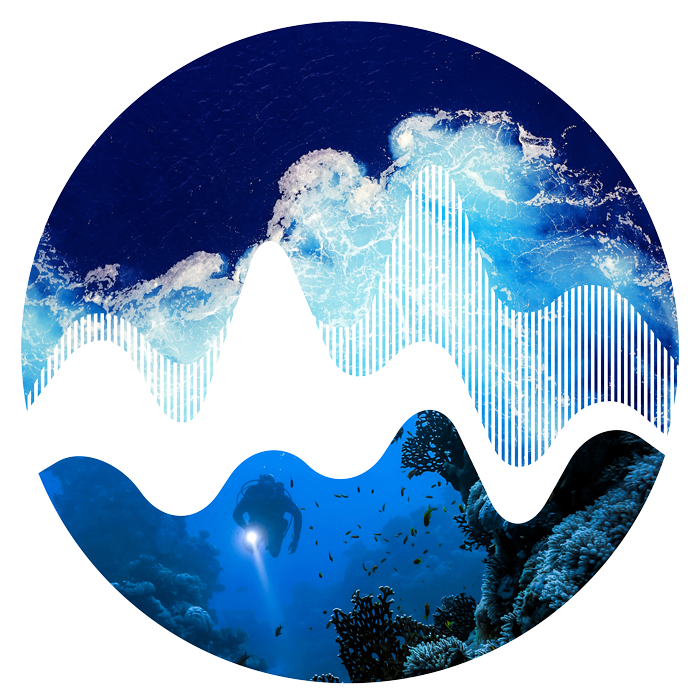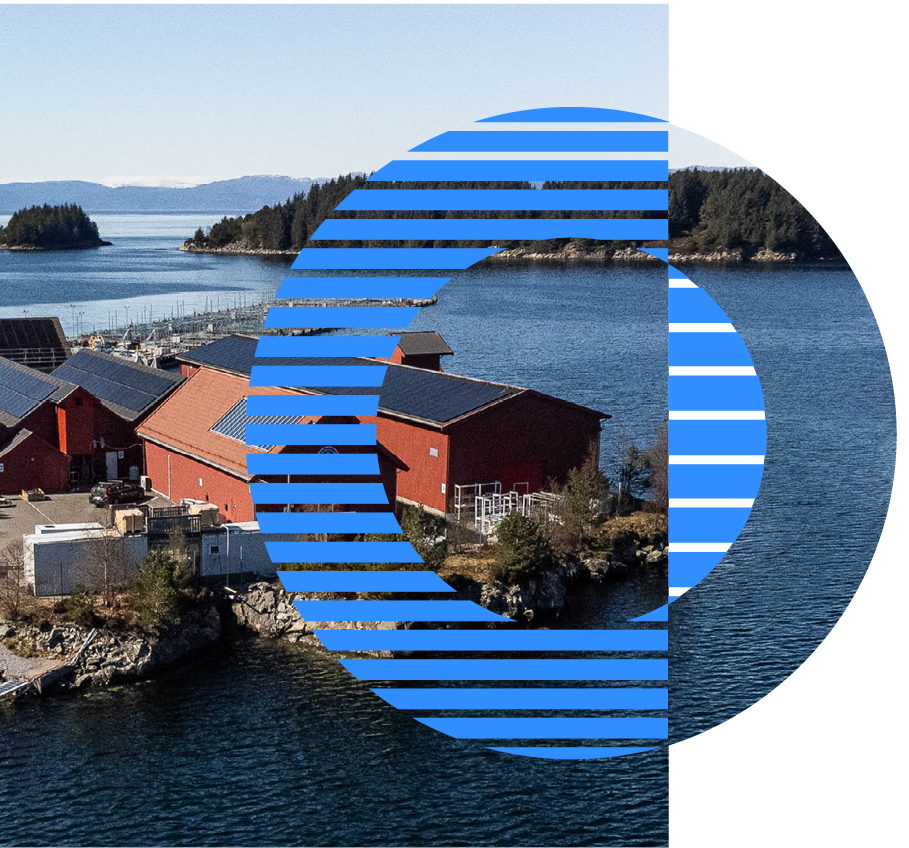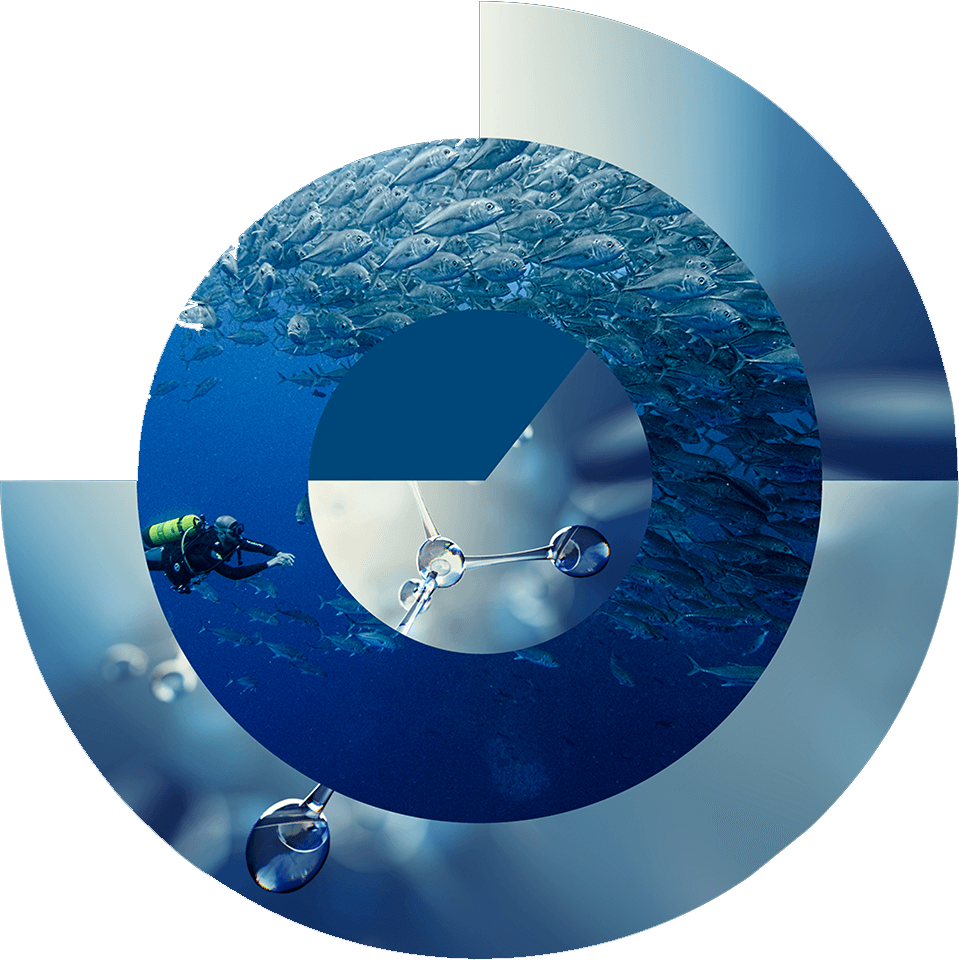
Building the Concept
Building the Concept

EMBRC has a rich history dating back to the 1870s when marine stations were created in Europe to enable scientists to study marine life wherever they were based. Scientists would hop from one station to another; collecting samples and undertaking experiments at each one.
But this network of marine stations isn’t consigned to history. Many still exist today: providing a hub for a vibrant community of marine researchers dedicated to getting to the bottom of our ocean’s many mysteries. By helping researchers bridge the gap between individual marine stations around the European coastline, EMBRC facilitates stronger collaboration and co-operation …
EMBRC has a rich history dating back to the 1870s when marine stations were created in Europe to enable scientists to study marine life wherever they were based. Scientists would hop from one station to another; collecting samples and undertaking experiments at each one.
But this network of marine stations isn’t consigned to history. Many still exist today: providing a hub for a vibrant community of marine researchers dedicated to getting to the bottom of our ocean’s many mysteries. By helping researchers bridge the gap between individual marine stations around the European coastline, EMBRC facilitates stronger collaboration and co-operation between scientists.
EMBRC’s concept originated in 2000 with the aim of reducing knowledge fragmentation, fostering stronger relationships between institutions and reaching scientific excellence by establishing a collaborative network of marine experts around Europe.
Sharing resources, cutting-edge approaches and facilities enable European marine scientists to study unique coastal ecosystems and marine organisms across a range of locations, advancing marine science collectively.

Our Journey

Throughout the rest of the UNESCO Ocean Decade, EMBRC will continue to drive technological development and expand its research efforts to support marine biological research and the sustainable use of resources.
Through its extensive knowledge and critical mass of resources, EMBRC’s mission to advance marine science will be further developed by continuing to promote knowledge-sharing and reinforce best practice within the research community and worldwide. Through its commitment to Open Science and collaboration among researchers, EMBRC will expand multidisciplinary approaches that contribute to European policy priorities and enable evidence-based decision making.


